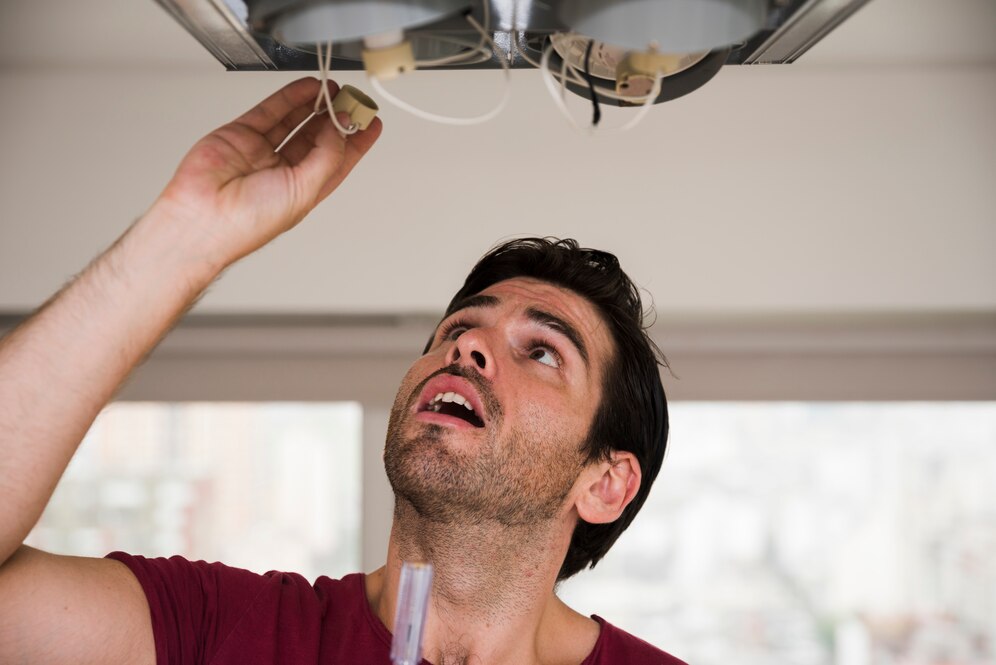Micro Inverters for Parallel Solar Panel Systems
When you install solar panels on your roof, you might see that the wires from the panels lead to a small metal box before connecting to your home’s electrical system. This box, known as an inverter, converts the DC electricity generated by the solar panels into the AC power that your home uses.
Selecting the right inverter for your solar energy system can significantly impact installation expenses, cabling needs, and energy efficiency. Historically, solar users had to choose between two main types of inverters: micro inverters and string inverters. Today, many top solar companies offer a new option called the micro parallel inverter, which has the potential to reduce installation, cabling, and activation costs by up to 75%. Let’s explore the fundamentals of how these inverters function.
AC vs DC Power: What’s the Difference?
To understand what an inverter does, it’s important to first grasp the difference between alternating current (AC) and direct current (DC). Direct current, used by solar cells, batteries, and many modern gadgets, involves a constant flow of electric charge in a single direction. On the other hand, alternating current involves the periodic reversal of the charge’s direction, typically represented by a sine wave but sometimes using other waveforms depending on the situation.
The Battle Between AC and DC Power
Our story starts in the late 1880s with the ‘War of Currents,’ a fierce competition between Thomas Edison and George Westinghouse to determine who would power America and beyond. Thomas Edison, known as the Wizard of Menlo Park and a proponent of direct current (DC), aimed to maintain his dominance in the electrical industry. In opposition was George Westinghouse of Westinghouse Electric, who had secured many of Nikola Tesla’s patents for alternating current (AC) and brought Tesla on board as a consultant. Edison, having established DC as the standard with his invention of the incandescent light bulb, was determined to protect his patents and profits. He even launched a notorious campaign against AC, which included the public electrocution of an elephant. However, the advent of the transformer allowed AC to be transmitted efficiently over long distances, making it the prevailing choice for electricity distribution from power plants to homes.
Understanding the Function of Inverters
Solar cells produce direct current (DC), where electric charge flows in a single direction, which doesn’t directly fit with your home’s alternating current (AC) power grid. This is where an inverter steps in. It converts the steady flow of DC into AC by rapidly reversing the direction of the current 50 to 60 times per second, corresponding to the mains frequency. To visualize this, imagine a simple circuit with a 9-volt battery and a volt meter. If you connect the meter’s positive lead to the battery’s positive terminal and the negative lead to the negative terminal, you’ll get a reading of 9 volts. Reversing the connections would show -9 volts. If you could flip these connections 50 times per second, you would be mimicking how an inverter transforms DC from your solar panels into AC current at 50 Hz.
Square Wave vs Sine Wave: What’s the Difference?
In the earlier example, our basic mechanical inverter created a square wave, which drastically switches polarity and can cause significant harmonic distortion, often referred to as a ‘dirty’ power supply. While a simple device like a light bulb might not be affected, many electronic devices can be damaged by such a waveform. A better alternative is a sine wave, which features a smooth, gradual change in polarity. High-quality inverters are designed to produce a waveform that closely resembles a true sine wave. This is the same type of wave you receive from your mains power supply, ensuring the safety of your plugged-in devices. Modern inverters use components like inductors and capacitors with pulse width modulation to create a smoother sine wave.
How to Choose the Right Inverter for Your Utility Grid Setup
To effectively integrate a solar panel array into your home’s electrical grid, the inverter you choose must align with the frequency and sine wave of your mains power supply. If the inverter’s waveforms are out of sync with the mains supply, destructive interference can occur, causing the waves to cancel each other out. Conversely, if the waveforms are in sync, constructive interference will happen, producing a stronger sine wave.
String Inverters treat your entire solar panel system as a single, large unit. They offer benefits such as a lower initial cost per watt and simpler installation since they consolidate the DC output from multiple panels into one input. However, because string inverters manage the entire array as one unit, issues with a single panel can affect the performance of the entire system.”**
This version clarifies the necessity of phase matching for grid-tie inverters and introduces string inverters with their pros and cons.
Micro Inverters
Micro inverters adopt a modular design, with each one installed on an individual solar panel in the array. Although this approach increases installation costs due to the need for multiple units, it offers significant benefits. If one panel malfunctions or is shaded, the rest of the system remains unaffected. Micro inverters use Maximum Power Point Tracking (MPPT) to adjust the resistance or load for each panel, ensuring optimal power output. This design also simplifies the identification of any failures.
Micro Parallel Inverters
Technology Research Corporation (TRC) developed the micro parallel inverter to merge the straightforward installation of string inverters with the maintenance efficiency and performance benefits of micro inverters. This type of inverter features four independent channels, each connecting to a separate solar panel. Each channel operates similarly to a micro inverter, using MPPT to optimize the power output from each panel. Unlike string inverters, micro parallel inverters monitor each panel’s performance individually, so issues with one panel, such as shading, do not impact the others.

